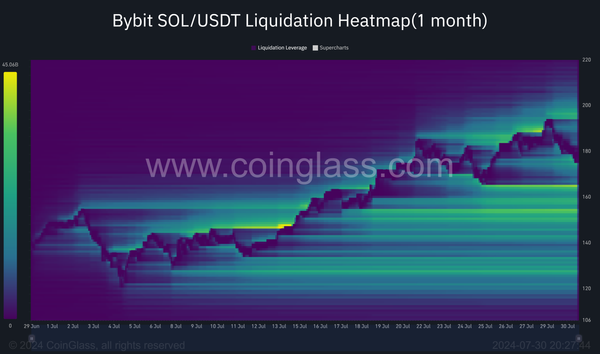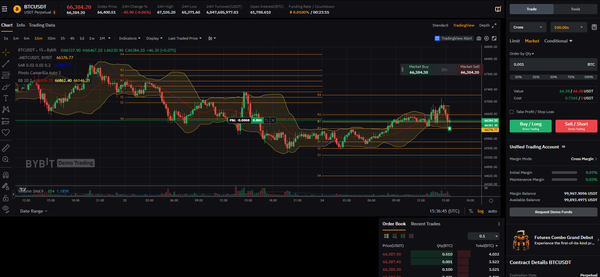Leveraging Basics in Crypto Perpetual Futures Markets: A Closer Look with Bitcoin

The concept of leverage in crypto trading, especially within the perpetual futures markets, can transform modest investments into significant positions. However, it's crucial to navigate these waters with a deep understanding of the mechanics involved and the risks at play. Reflecting on a question from a reader, it becomes apparent that while this blog frequently explores advanced trading strategies, a detailed breakdown of fundamental concepts like leverage is equally essential. Today, we'll delve into the nuances of leverage, focusing on a tangible example involving Bitcoin and 100x leverage, to illuminate both its potential and pitfalls.
Leverage: Expanding Your Trading Horizon
Leverage in crypto trading is akin to using a financial lever to elevate your market position beyond your actual capital. This is made possible by borrowing funds from the exchange, allowing you to undertake larger positions and, consequently, amplify potential returns. For example, leverage ratios like 5:1, 10:1, or even 100:1 indicate how much more significant your investment can become through borrowed funds.

Understanding Margin and Its Role
Leverage trading involves two key types of margins:
- Initial Margin: This is your entry fee into the world of leveraged trading, representing a fraction (e.g., 10%) of the total value of your position. It's what you must deposit to open a position.
- Maintenance Margin: This acts as a safety buffer, the minimum equity level needed to sustain your open positions. Dropping below this threshold can trigger a margin call or, more critically, lead to the liquidation of your position to prevent further losses.
The Mechanics of Liquidation
Liquidation serves as a critical safety mechanism in leveraged trading. If market volatility works against you, reducing your equity below the maintenance margin, your position might be automatically liquidated. This process is designed to halt further losses and, crucially, ensures that you do not owe the exchange any additional funds beyond your initial investment.
A Bitcoin Example with 100x Leverage
To bring these concepts to life, consider trading Bitcoin with 100x leverage. Suppose you have $1,000 to invest. With 100x leverage, you're effectively able to open a Bitcoin position worth $100,000 ($1,000 of your own capital multiplied by 100).
- Potential Profit Amplification: If Bitcoin's price increases by just 1%, your position's value would rise to $101,000. Without leverage, a 1% price increase on a $1,000 investment would have yielded a modest $10 profit. However, with 100x leverage, the same price movement translates to a $1,000 profit (minus fees and funding rate costs), effectively doubling your initial investment due to the leverage.
- The Risk of Liquidation: Conversely, if Bitcoin's price drops by 1%, your position's value decreases to $99,000. In a leveraged scenario, this not only wipes out your initial $1,000 but also positions you at the brink of liquidation, given the thin margin for error with high leverage. This underscores the high-risk nature of leveraging, especially at extreme ratios like 100x.
Navigating Leverage with Caution
This example illustrates the double-edged sword of leverage. While the prospect of magnified returns is enticing, the risks are equally amplified. The volatile nature of the crypto market can turn small price movements into either significant gains or rapid losses, leading to the potential for liquidation. It's crucial, therefore, to approach leverage with a strategy that includes strict risk management protocols, such as setting stop-loss orders and closely monitoring market trends and your margin levels.
Final Thoughts
As we dissect the fundamentals of leverage using the example of Bitcoin trading at 100x leverage, it's clear that while the opportunities for profit are significant, the stakes are high. The key to leveraging effectively lies in understanding the intricacies of margin requirements, the liquidation process, and the inherent risks of amplified trading. Whether you're a beginner or an experienced trader revisiting the basics, this knowledge is indispensable for navigating the complex and fast-paced world of crypto trading. Remember, leverage is a powerful tool, but it demands respect and prudent use to avoid the pitfalls of rapid market movements.




